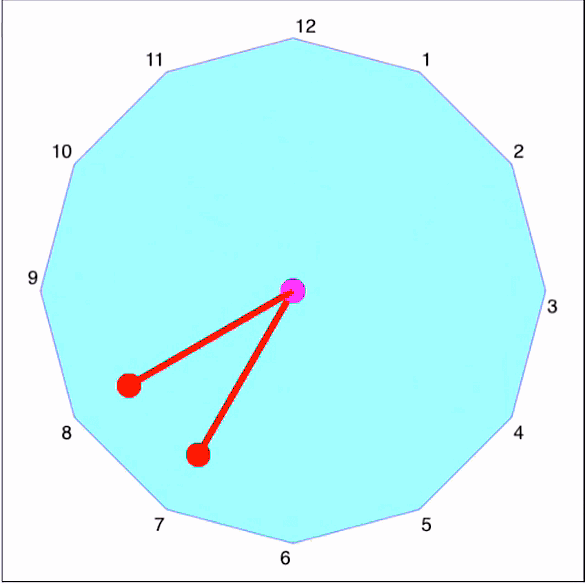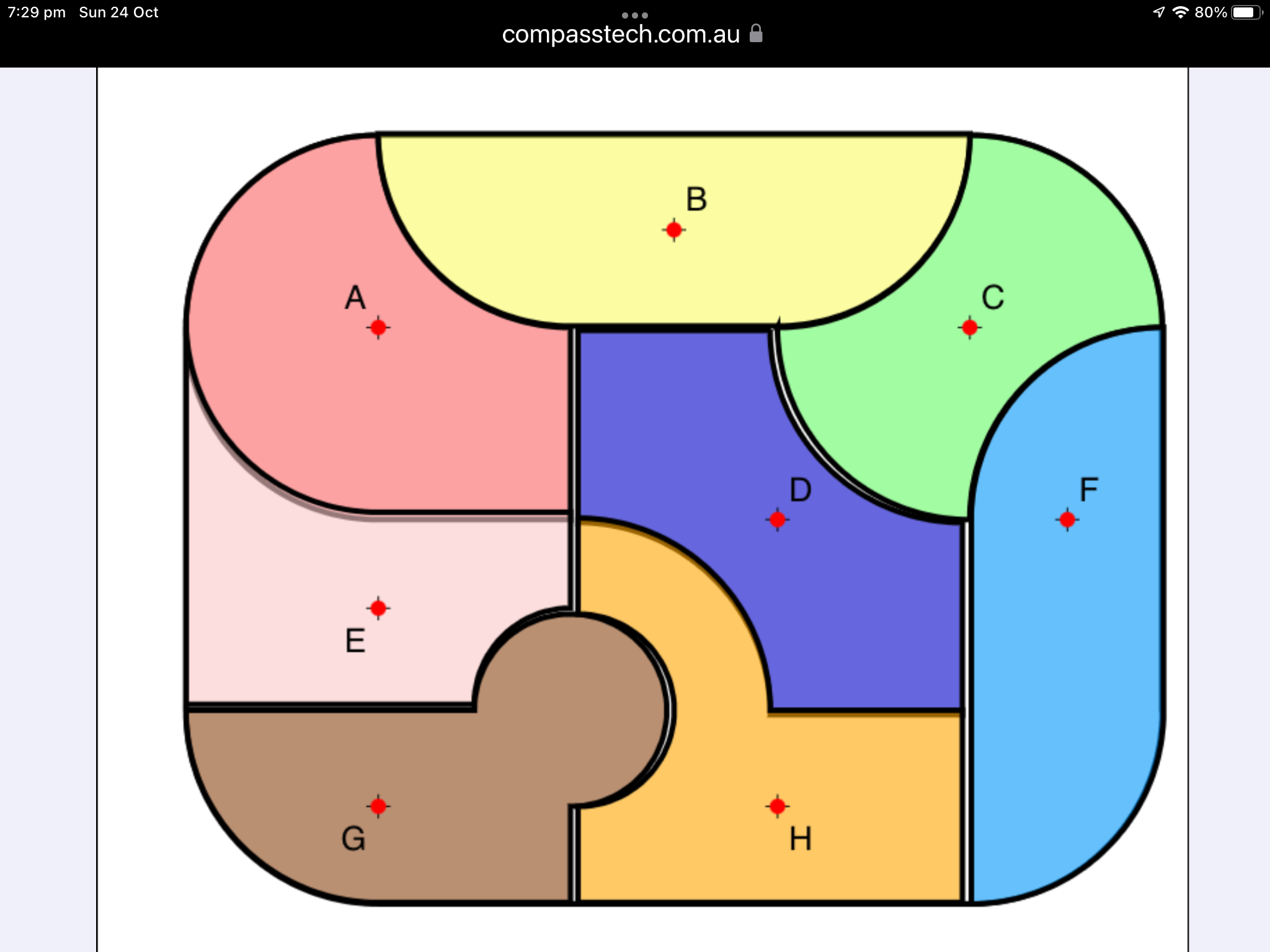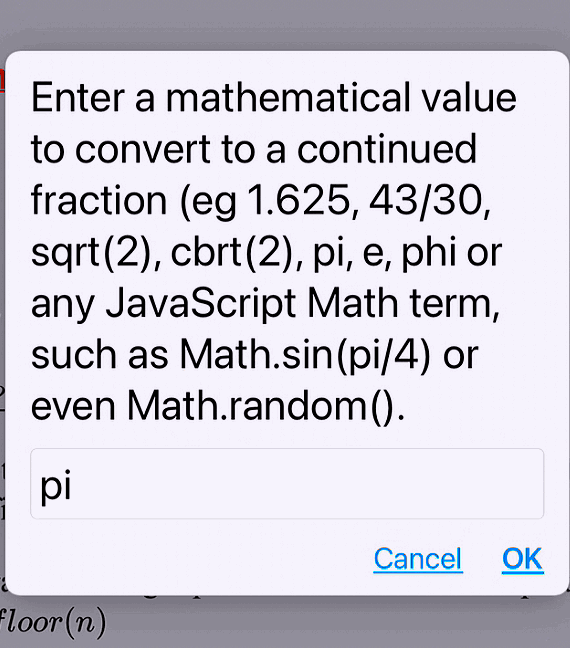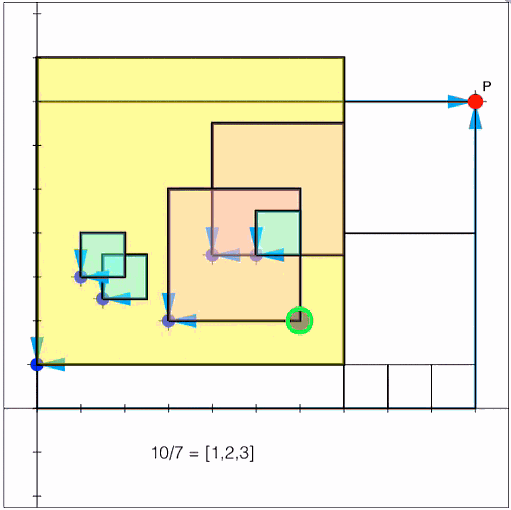©2021 Compass Learning Technologies → Live Mathematics on the Web → GXWeb Showcase → GXWeb Jigsaws and Quizzes
GXWeb Jigsaws and Quizzes
Symbolic computations on these pages use Nerdamer Symbolic JavaScript to complement the in-built CAS of GXWeb
Saltire Software, home of Geometry Expressions and GXWeb
YouTube Introduction to GXWeb Jigsaws (6:46)
Fancy some mathematical fun?
Use jigsaws and GXWeb to explore some mathematical gems drawn from geometry, number theory and elementary algebra - and then follow the links provided to see some of their many and varied applications!
Create Your Own GXWeb SpiroGraph
The spirograph is a geometric drawing device that has been a source of interest and fun for young and old for some two hundred years!
But have you ever thought of designing your own spirograph?
The amazing free GXWeb software makes creating all manner of beautiful geometry easy, and the spirograph is no exception!
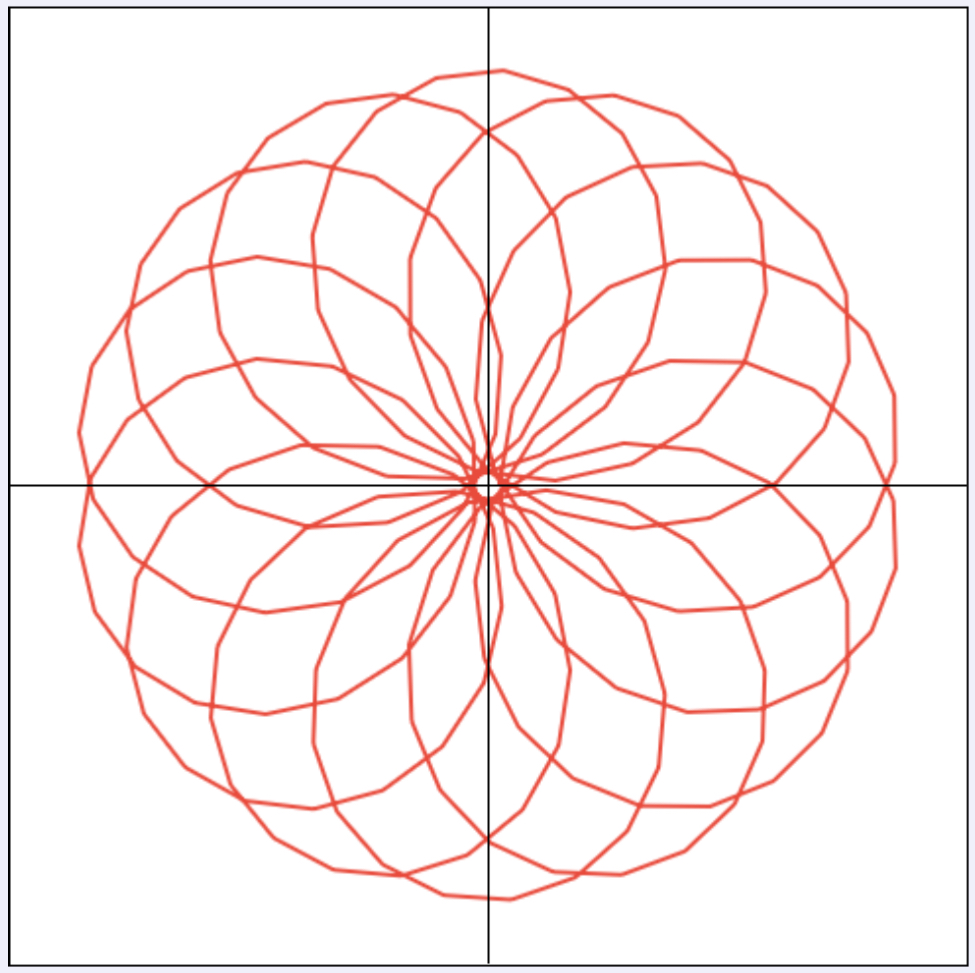
GXWeb Polygon Playground
Two teams (A and B) of \(n\) players each are seated around a \(2\cdot n\)-gon polygonal table. Team A are allocated the odd-numbered seats, and team B, the even numbers.
How do we set up the draw so that each member of team A competes against each member of team B exactly once?
How many times must they meet?
How many such variants do you think exist for a hexagon? For an octagon, decagon - or the standard clock dodecagon?
Why stop there?
Play! Try your own! Browse the examples - and then try the Polygon Quiz!
Try the GXWeb Polygon Playground! ⇒
Then explore the GXWeb Polygon Angles Theorem Generator
Finally, try out two different GXWeb Polygon Constructions.
TakTiles Jigsaw
Tak Tiles were designed by Geoff Giles for the DIME (Developments in Mathematics Education) Project. This live web version supports three levels of interaction for students:
Explore the Meaningful Algebra Collection
Algebra Tiles Jigsaw
What does \(2x + 1\) mean to you? What about \(4-3x\) or even \(x^2=x+1\)?
What dominant image springs to mind?
Do you see an object or a process?
Do you think of a graph? A table of values?
Students who are successful in algebra tend to have a richer repertoire of images compared to those less proficient. As teachers, we need to build these images deliberately and with care.
Algebra tiles can be a powerful tool for building deep understanding, and the virtual variety actually offer some major advantages: they explicitly link the shapes to the symbolic form, and they establish that variables are dynamic rather than static things.
|
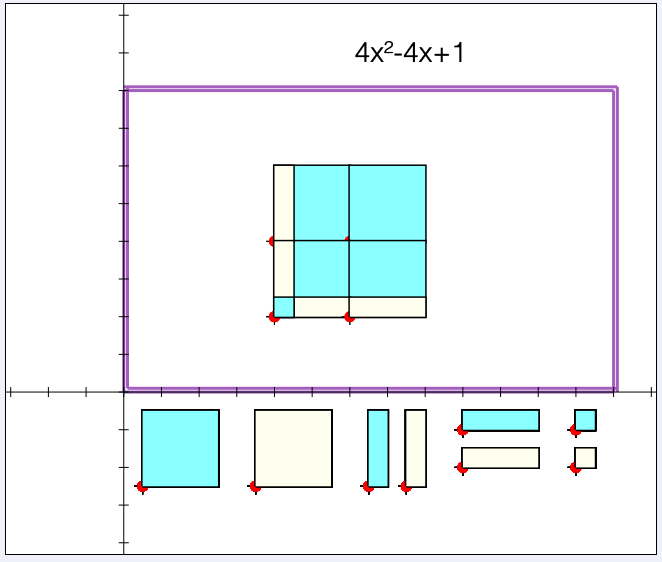
|
Fractured Fractions Jigsaw
(Never heard of continued fractions? Tap here.)
|
Every real number, rational and irrational, can be represented by a continued fraction - the rational ones are finite, of course, but both finite and infinite offer some wonderful patterns and opportunities to explore! |
|
Play more with continued fractions
Explore the Fractured Fractions Collection
The Kiss Precise: Kissing Circles Jigsaw
Given the sequence \([-1,2,2]\), what do you predict to be the next number?
And what might follow \([-1,2,3]\) - or \([2,2,3]\)?
What about \([-2,3,6]\)? Or \([-6,7,42]\)?
|
Each number refers to the curvature - or bend - of the circle it describes - which is the reciprocal of the radius. A negative bend describes the circle surrounding the others! Here we imagine a shape (circle, rectangle, triangle(-ish)... even a Golden (Pappus) chain!) completely filled with bubbles - kissing circles! Rene Descartes found the rule for such patterns, and it lay in a quadratic equation! |
|
Play more with Kissing Circles and mathematical bubbles!
Explore the Kissing Circles Collection
Fraction Trees, Farey Numbers and Continued Fractions
Did You Know that Fractions Grow on Trees?Or that (Fraction) Trees Can Grow from (Continued) Fractions?
|
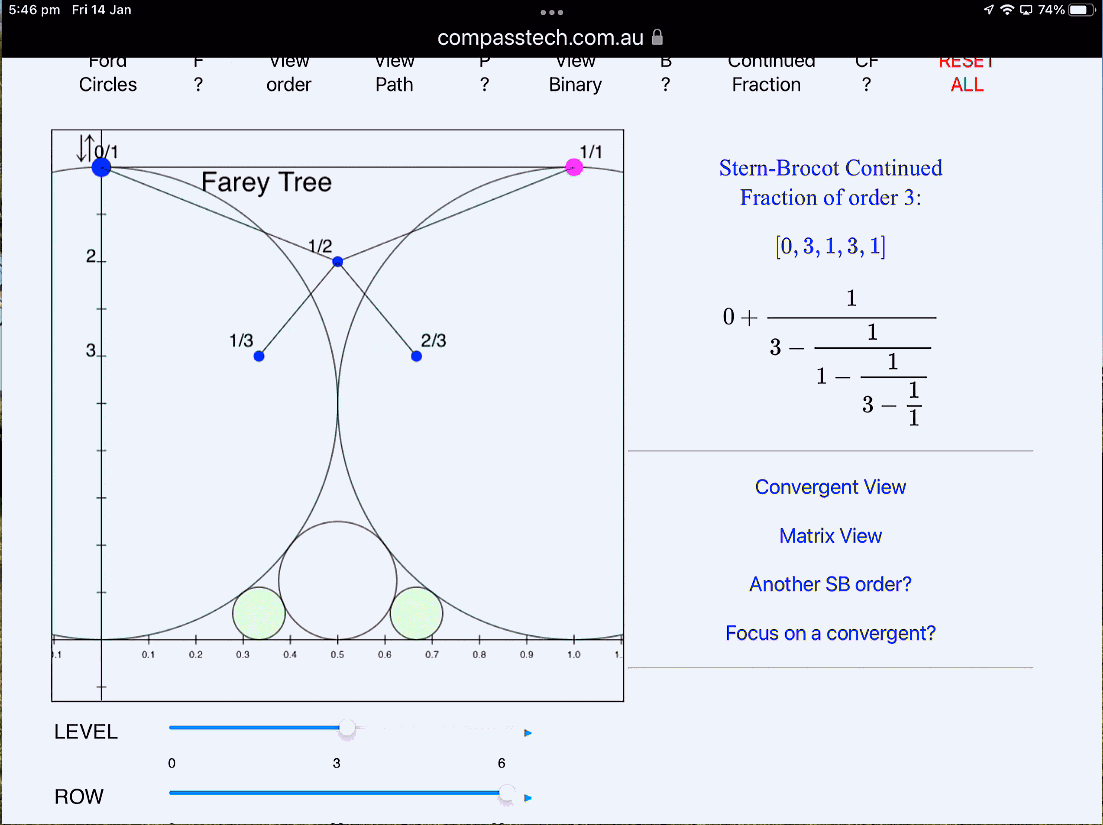 \[0+\cfrac{1}{3-\cfrac{1}{1-\cfrac{1}{3-\cfrac{1}{1}}}}\]
\[0+\cfrac{1}{3-\cfrac{1}{1-\cfrac{1}{3-\cfrac{1}{1}}}}\]
|
Explore fraction trees, farey numbers and kissing circles further ⇒
Explore the Stern-Brocot Continued Fraction ⇒
Stern-Brocot Continued Fraction YouTube demonstration (7:34)
Construct your own Model with GXWeb
Behind the Scenes
©2021 Compass Learning Technologies ← Live Mathematics on the Web ← GXWeb Showcase ← GXWeb Jigsaws and Quizzes
